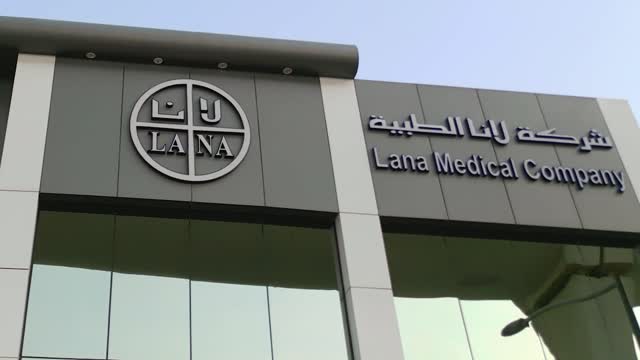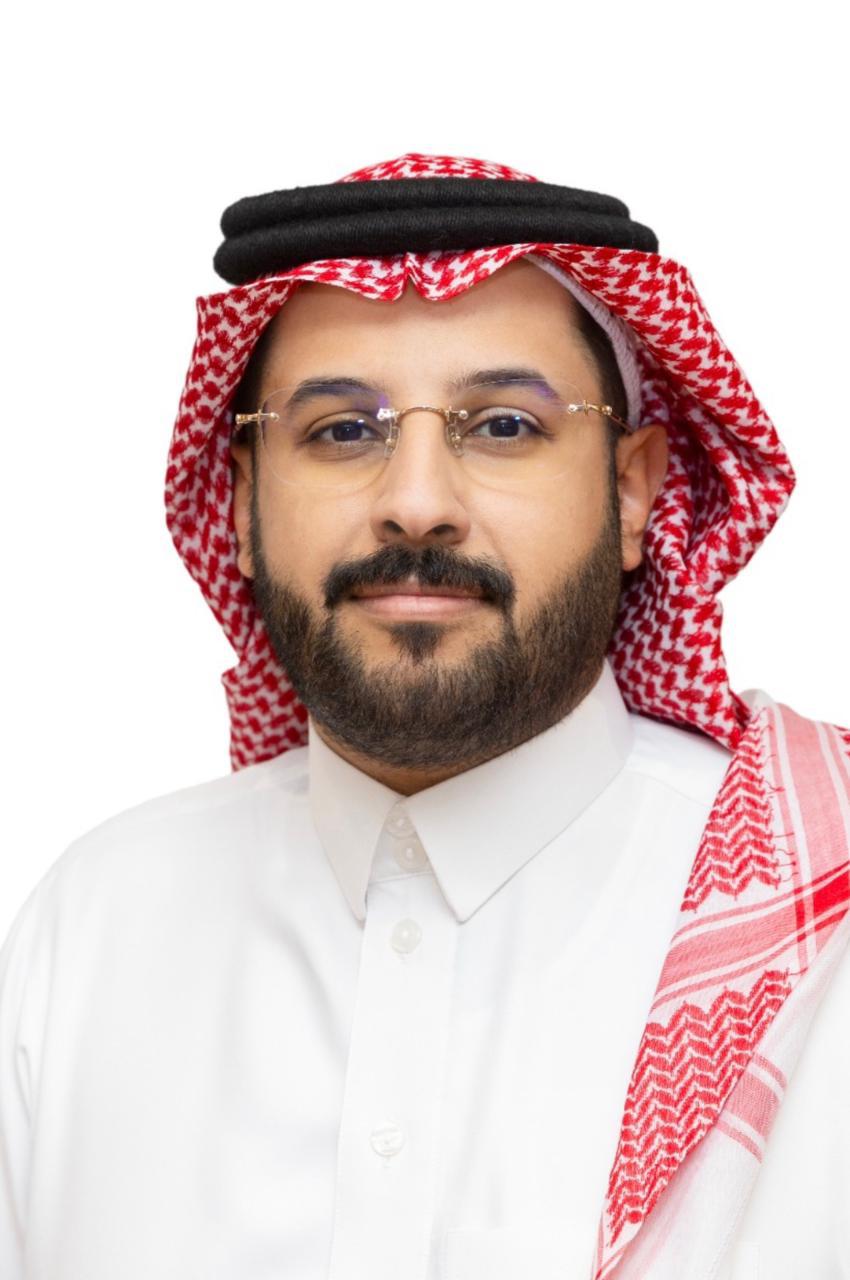Publisher: Maaal International Media Company
License: 465734
Saudi Arabia Semiconductor Market Size Set to Surge USD 11.10 Billion by 2033 | CAGR of 5.90%
اقرأ المزيد
The Saudi Arabia semiconductor market size was valued at USD 6.20 Billion in 2024. Looking forward, IMARC Group estimates the market to reach USD 11.10 Billion by 2033, exhibiting a CAGR of 5.90% during 2025-2033, according to Industry Today.
According to IMARC Group’s latest research publication, “Saudi Arabia Semiconductor Market Size, Share, Trends and Forecast by Components, Material Used, End User, and Region, 2025-2033”, The Saudi Arabia semiconductor market size was valued at USD 6.20 Billion in 2024. Looking forward, IMARC Group estimates the market to reach USD 11.10 Billion by 2033, exhibiting a CAGR of 5.90% during 2025-2033.
Growth Factors in the Saudi Arabia Semiconductor Market
Vision 2030 and Government Investments
Saudi Arabia’s Vision 2030 is pouring fuel on the semiconductor industry with a $100 billion investment through Alat, a PIF-backed initiative aiming to make the Kingdom a global electronics hub. The National Semiconductor Hub targets 50 chip design firms and 5,000 engineers, supported by a SAR 1 billion fund. This push, alongside partnerships with tech giants like IBM, is reducing import reliance. The industry’s $6.2 billion market is driven by demand for chips in smart cities like NEOM, requiring 2 million IoT devices. Government incentives, including tax breaks, are attracting firms like GCT Semiconductor, which signed an MoU with Saudi Aramco to localize 5G chip production, boosting economic diversification.
5G and IoT Technology Adoption
The rollout of 5G and IoT is supercharging semiconductor demand in Saudi Arabia. With 74% internet penetration and 5G covering 60% of urban areas, telecom giants like STC are deploying chips for high-speed connectivity. The $1.1 billion digital infrastructure investment supports IoT applications in smart cities, with NEOM using 1.5 million sensors. Companies like Intel are supplying chips for these networks, with local production rising 15%. The Ministry of Communications’ 5G initiatives drive demand for logic semiconductors, which make up 40% of the market. This tech surge, fueled by government-backed digital transformation, is creating a robust ecosystem for semiconductors in telecom, healthcare, and smart homes across the Kingdom.
Electric Vehicle and Renewable Energy Growth
Saudi Arabia’s push for electric vehicles (EVs) and renewable energy is driving semiconductor demand. The $2 billion investment in Lucid Motors and a deal with Canoo for EV distribution are boosting the automotive semiconductor market, valued at $187.1 million. EVs require 2,000 chips per vehicle for navigation and safety. The Saudi Green Initiative’s focus on solar and wind energy, with 10 GW of renewable projects, demands specialized chips for power conversion. Companies like Infineon are supplying silicon carbide chips, with sales up 12% for green energy applications. Government incentives for sustainable mobility and energy are fostering local chip production, aligning with Vision 2030’s goal to diversify and innovate.
Key Trends in the Saudi Arabia Semiconductor Market:
Focus on Localized Chip Design
Localized chip design is gaining momentum as Saudi Arabia aims to build a self-reliant semiconductor ecosystem. The National Semiconductor Hub, backed by a SAR 1 billion fund, supports 50 design firms, with 1,600 square meters of lab space for R&D. Companies like SAMI Advanced Electronics are designing chips for IoT and defense, with 20% of production now local. The government’s Human Capability Development Program trains 5,000 engineers, boosting expertise. Partnerships with universities like King Abdullah Science and Technology University are driving innovation, with 10 new chip designs for 5G applications. This trend reduces import dependency, strengthens national security, and positions Saudi Arabia as a regional hub for semiconductor innovation.
AI and Machine Learning Integration
AI and machine learning are transforming the semiconductor market, with chips powering smart manufacturing and IoT. The industry’s $500 billion global value sees 30% of Saudi demand tied to AI applications. Companies like NVIDIA are collaborating with Alat to develop AI chips for NEOM’s data centers, which process 10 petabytes of data daily. The Ministry of Industry’s support for Industry 4.0 drives demand for high-performance semiconductors, with logic devices holding a 35% market share. This trend, backed by $1.07 billion in tech initiatives with firms like Microsoft, enhances efficiency in automotive and telecom sectors, making AI-driven chips a cornerstone of Saudi Arabia’s digital transformation.
Growth of Semiconductor Assembly and Testing
Semiconductor assembly and testing are emerging as key trends, with Saudi Arabia leveraging its energy resources for cost-effective operations. The $9 billion Foxconn foundry in NEOM focuses on chip packaging, handling 500,000 units monthly. The Saudi Industrial Development Fund offers $200 million in incentives, attracting firms like STMicroelectronics to set up testing facilities. Assembly and testing account for 25% of the local market, with 15% cost savings compared to global hubs. This trend supports Vision 2030’s localization goals, with King Salman Energy Park hosting new facilities. It creates jobs and strengthens the supply chain, positioning Saudi Arabia as a competitive player in back-end semiconductor processes.







